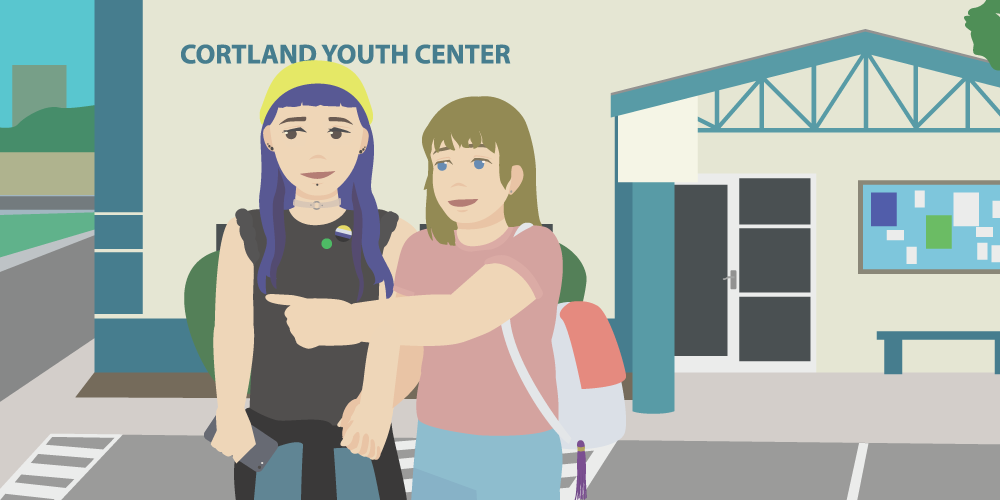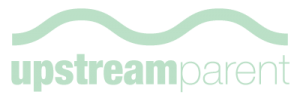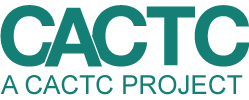Has your kid identified themselves as a member of the LGBTQ+ community? Here’s how to help them as a parent.
Something we don’t talk about enough is the higher prevalence of mental health issues among members of the LGBTQ community. Did you know that 40% of LGBTQ youth say they have no adult they can trust to affirm their identity? When someone is lacking support- especially from those closest to them, it can have a detrimental impact on their mental wellbeing.
In 2021, LGBTQ youth who had access to trusted support networks reported lower rates of attempting suicide than those who did not. Also, trans youth are 50% less likely to attempt suicide if most people in their life use their correct pronouns.
Health disparities among the LGBQ+* community are prevalent in Cortland County as well. According to the CACTC 2021 Youth Survey, almost 50% of LGBQ+ youth reported having suicidal ideations as compared to 15.5% of youths who identify as straight. LGBQ+ students are also three time more likely to report experiencing depressive symptoms (59.4%) that their peers that identify as straight (20.1%).
In addition, Cortland LGBQ+ students are also more likely to report past 30 day use of alcohol, marijuana, and vaping than their peers that identify as straight.
What can you do as a parent to be more supportive and affirming?
- Remind your kid that you love and support them
- Avoid treating their identity as a “phase”
- Ask them what you can do to best support them
- If your kid is transgender, nonbinary, or genderfluid and they’ve chosen new pronouns, make sure to use their new pronouns!
- If you have any questions, reach out to the Cortland LGBTQ Center!
Learn more about the services that the Cortland LGBTQ Center offers here: http://cortlandlgbtqcenter.org/
References:
- The Trevor Project (2022). https://www.thetrevorproject.org/
- *For the purpose of CACTC youth survey data analysis, the umbrella term LGBQ+ is used to represent student who self-report as lesbian, gay, bisexual, pansexual, polysexual, queer, asexual, fluid, or questioning their sexual identify.



